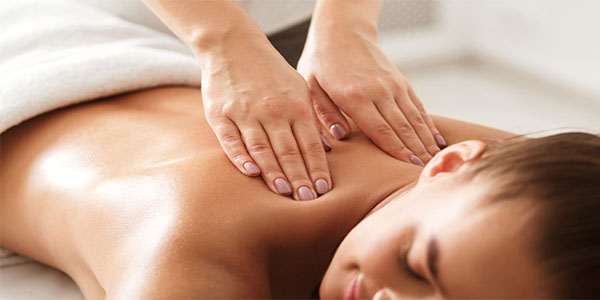
Swedish massage is one of the most well-known and widely practiced types of massage therapy. Its roots trace back to the early 19th century when a Swedish physician named Per Henrik Ling developed a system of movements and techniques that formed the foundation of modern Swedish massage. His goal was to create a therapeutic method that would promote healing, reduce pain, and improve overall well-being.
This type of massage uses long, gliding strokes, gentle kneading, friction, and rhythmic tapping movements. Swedish massage is designed to relax the entire body by increasing blood flow and oxygenation to the muscles. It also helps to release muscle tension, reduce pain, and promote relaxation.
Swedish massage is ideal for those who want to relax, improve circulation, and relieve muscle tension without the intensity of a deep tissue massage. Whether you’re looking to de-stress after a long week or enhance your overall well-being, Swedish massage is the perfect way to achieve a state of deep relaxation and physical relief.
Swedish Massage is one of the most common and widely practiced forms of massage therapy. It focuses on relaxation, improving circulation, and relieving muscle tension through a variety of techniques.
Key Techniques of Swedish Massage
- Effleurage – Long, gliding strokes using the palms or fingertips to warm up muscles and promote relaxation.
- Petrissage – Kneading, rolling, and squeezing motions to release deeper muscle tension.
- Friction – Deep, circular movements with the thumbs or fingertips to break up knots and adhesions.
- Tapotement – Rhythmic tapping, cupping, or hacking motions to stimulate muscles and nerves.
- Vibration/Shaking – Gentle shaking or rocking motions to loosen tight muscles.
Benefits of Swedish Massage
- Relieves muscle tension and stiffness
- Improves blood circulation
- Reduces stress and promotes relaxation
- Enhances flexibility and range of motion
- Helps with pain relief (e.g., back pain, headaches)
- Boosts mood by releasing endorphins
What to Expect During a Session
- Typically lasts 30–90 minutes
- Performed on a massage table with oils or lotions
- Client may be draped with a sheet for modesty
- Pressure can be adjusted (light to medium is common)
Who Should Try Swedish Massage?
- People with stress, muscle tension, or poor circulation
- Those new to massage (gentler than deep tissue)
- Individuals seeking relaxation and wellness
Contraindications
Avoid or modify Swedish massage if you have:
- Severe inflammation or infections
- Open wounds or fractures
- Deep vein thrombosis (blood clots)
- Certain skin conditions
